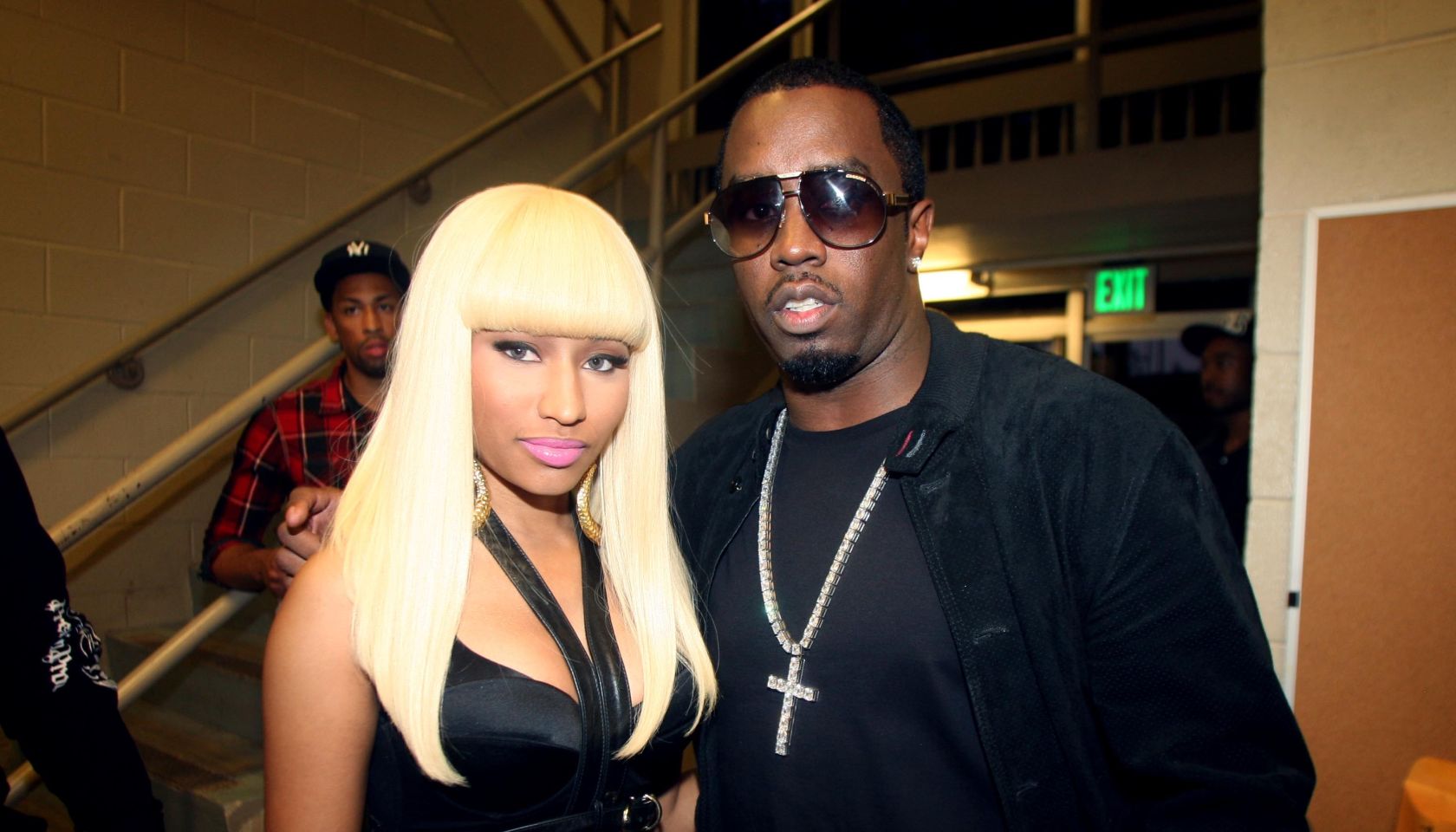Celebrating World AIDS Day
December 1 marks the day the world rallies behind the ongoing fight to find a cure for HIV/AIDS, while also supporting those who live with the virus and remembering those who lost their battle.
The first World AIDS Day was celebrated almost thirty years ago in 1988, according to the CDC.
The HIV/AIDS virus was first identified in 1984 and while the negative stigma surrounding those affected by it has decreased, it remains a global health epidemic that deserves to be addressed. The most affected are underserved populations, including Blacks, Hispanics/Latinos and the LGBTQ community.
The Black community remains the most disrupted by HIV/AIDS––in 2015, African-Americans made up 45 percent of all new diagnoses, but only account for 13 percent of the population, the CDC reports.
Hispanic/Latinos follow; while only 18 percent of the U.S. population, they make up 24 percent of all new HIV diagnoses.
Worldwide, over 36 million people are currently living with the virus. In 2015, 39,513 people in the U.S. were diagnosed with HIV, but the annual number of new diagnoses declined by 9 percent over the course of four years, from 2010-2014, WorldAIDSDay.org reports.
Contracting HIV/AIDS is not a death sentence. Millions of people who have the virus live fully functioning lives with the aid of new and emerging medicines.
World AIDS Day also reminds us about the importance of prevention. The CDC recommends you get tested at least once a year if you engage in sexual activity.
Knowing your status increases your chances for a longer, healthier life.
SOURCE: CDC, WorldAIDSDay.org
SEE ALSO:
National Black HIV/AIDS Awareness Day: Combatting Stigma & Cultural Stereotypes















